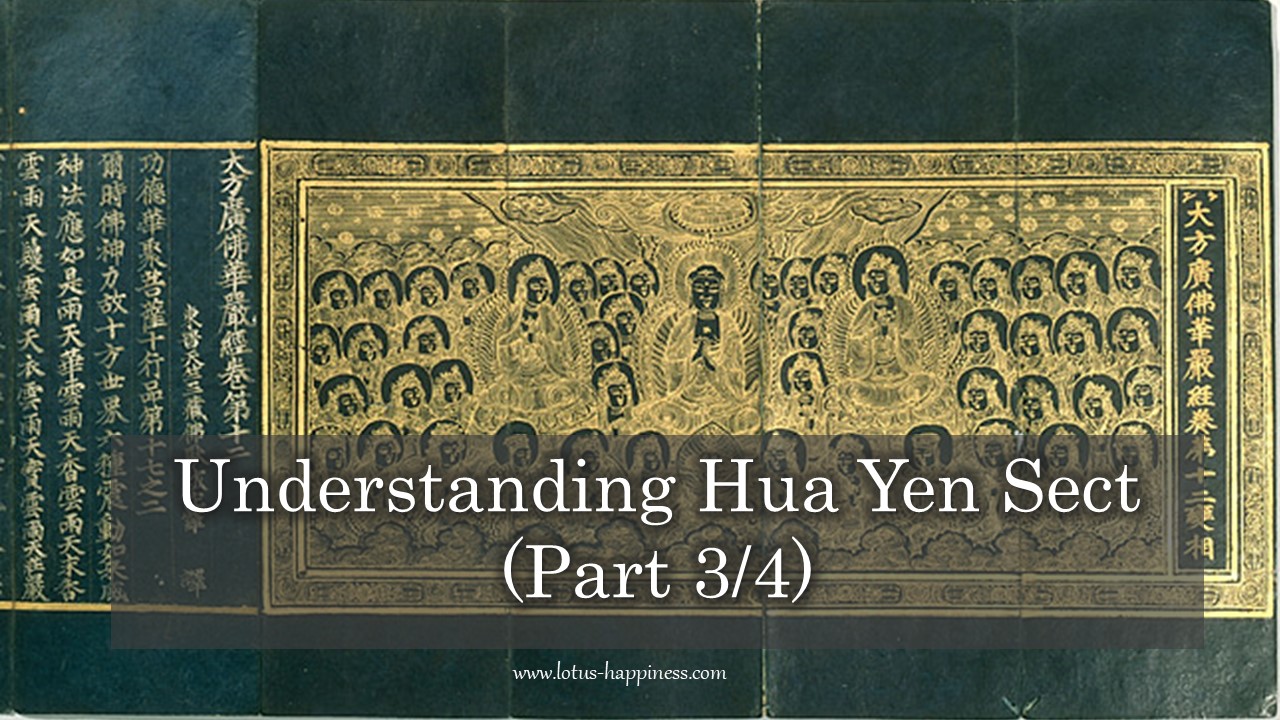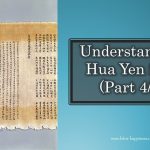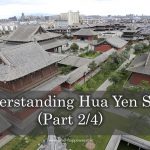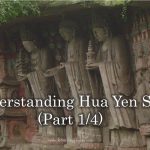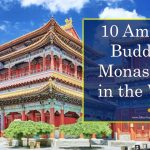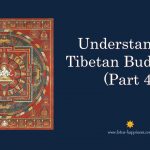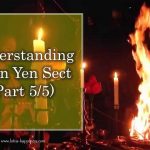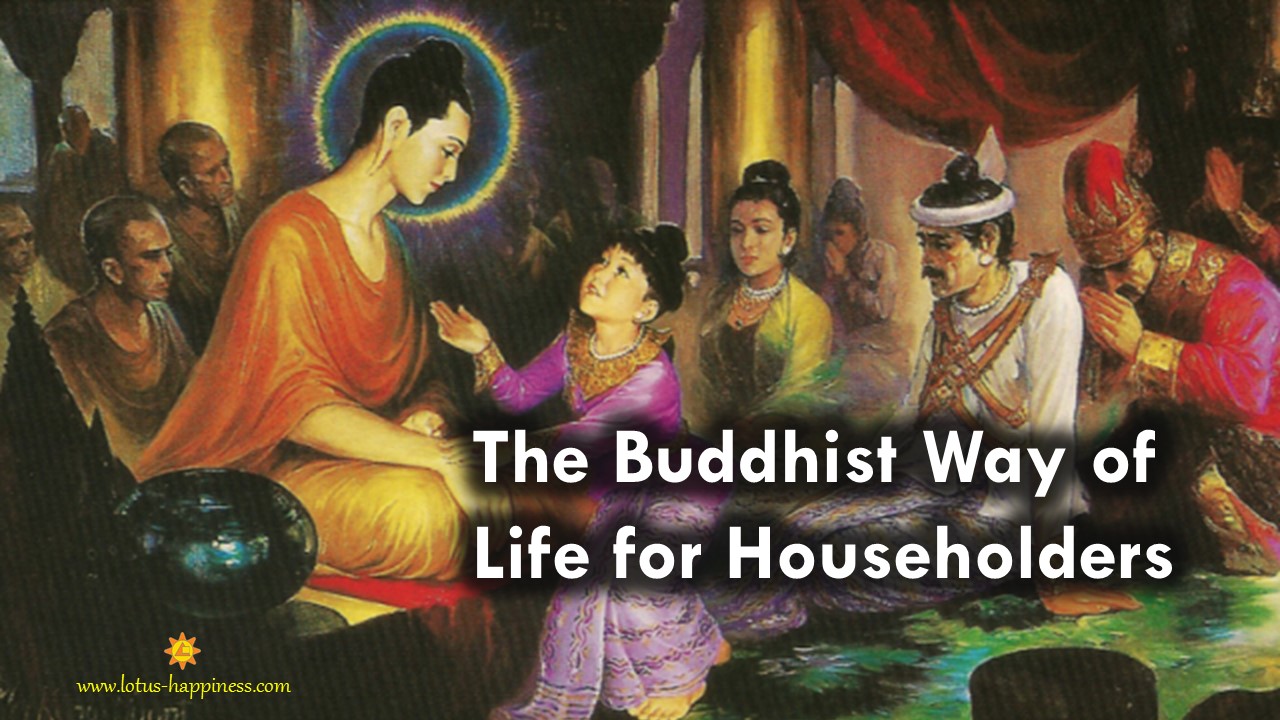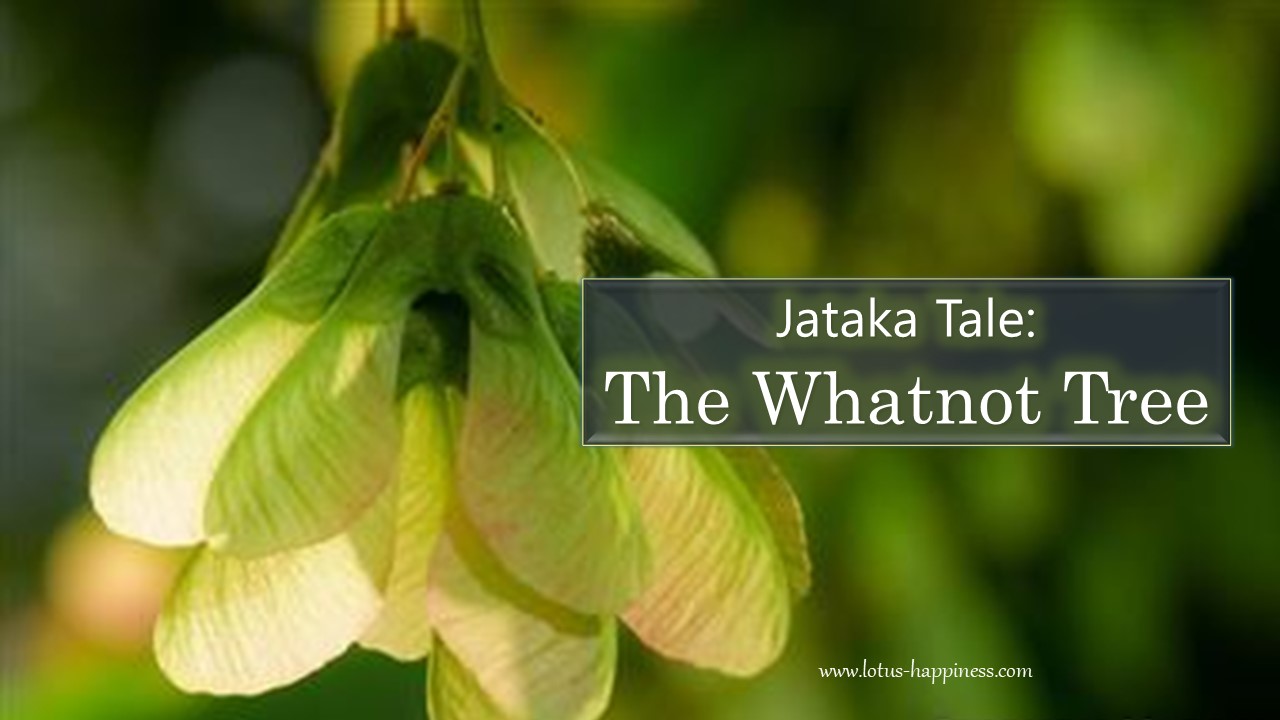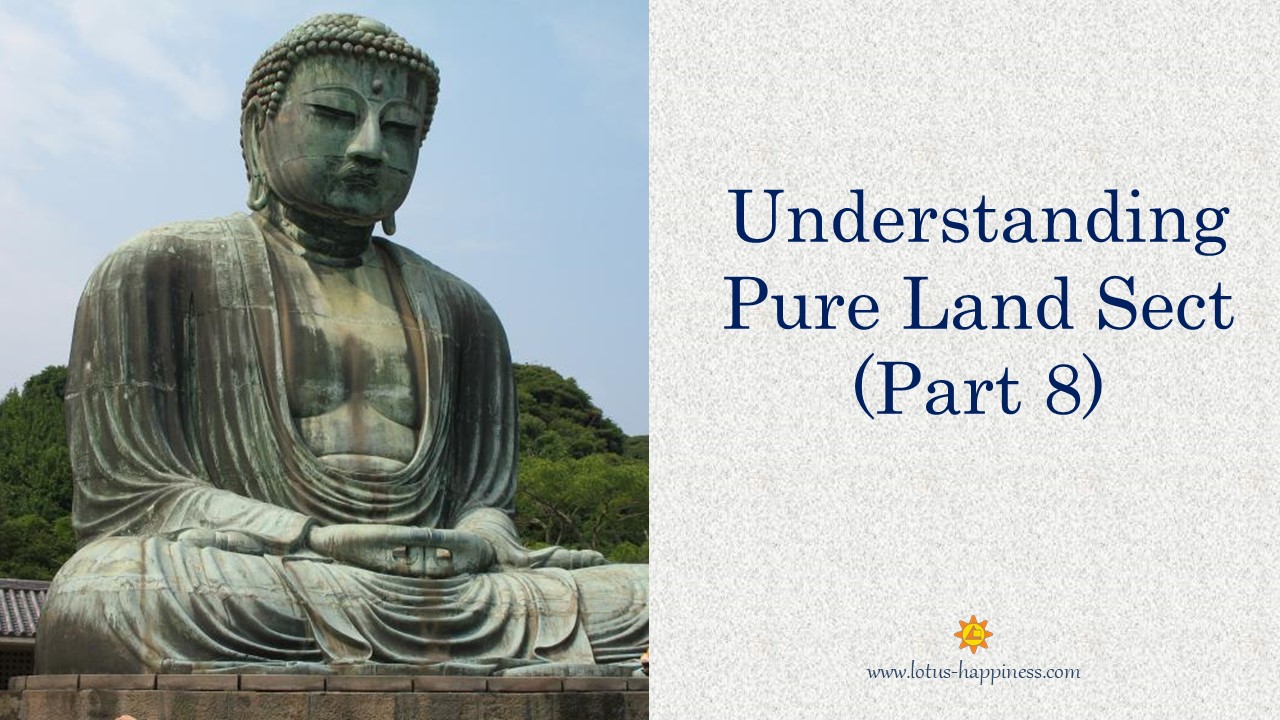Understanding Hua Yen Sect (Part 3/4)
‘Li’ and ‘Shih’
In Hua-yen’s doctrine, it is used to interpret all Dharmas in two different aspects: one is ‘Li’ [理] and the other is ‘Shih’ [事], which are two important words in the vocabulary of this sect.
‘Li’ is transliterated from a Chinese word, which means ‘ principle’ and ‘law’. It refers to Absolute, Noumenon, Suchness, Self-nature, Buddha Mind, Universal Truth, Abstract, etc.
‘Shih’ is transliterated from a Chinese word, which means ‘matter’ and ‘event’. It refers to phenomenon, form and matter, functions, the particular and concrete things and ideas, etc
It is also important to note that ‘Li’ and ‘Shih’ are not duality, as they exist simultaneously. It means that every event or matter in the phenomenal world represents the noumenon completely and perfectly. That is why it is always said to be ‘the one is the all, and the all is in the one’.
Relationship between ‘Li’ and ‘Shih’
The relationship between ‘Li’ and ‘Shih’ is explained in detail by Master Tu-shun [杜順] in his writing ‘Meditation on the Dharmadhatu‘.
- The principle that ‘Li’ must embrace ‘Shih’
- The principle that ‘Shih’ must embrace ‘Li’
- The production of ‘Shih’ must rely on ‘Li’
- Through ‘Shih’, the ‘Li’ is illustrated.
- Through ‘Li’, the ‘Shih’ is annulled.
- ‘Shih’ can hide the ‘Li’.
- The true ‘Li’ is ‘Shih’ itself.
- Matters and events themselves are ‘Li’.
- The true ‘Li’ is not ‘Shih’.
- Matters and events are not ‘Li’.
The Four Dharmadhatu
The doctrine of Hua-yen is based on the theory of causation by the universal principle, or called Dharmadhatu in Sanskrit, i.e. Dharma Realm [法界].
For the two aspects of all Dharmas, both ‘Li’ and ‘Shih’ are interpenetrated with each other, and all phenomena are mutually identified. All phenomena are the manifestations of noumenon, and each individual phenomenon embraces every other phenomenon. Thus, the Four Dharmadhatu are identified.
- The Dharmadhatu of ‘Shih’ [事法界]– This is a realm of phenomena, in which all things are seen as distinct, discrete and different objects, matter, events and Dharmas occur in the empirical worlds.
- The Dharmadhatu of ‘Li’ [理法界]– This is a realm, in which the principles underlying all phenomena and the immanent reality upholding all Dharmas are seen. It is a realm beyond the perceptions of human beings, but can be visualized by the enlightened ones through intuition.
- The Dharmadhatu of Non-obstruction of ‘Li’ against ‘Shih’ [理事無礙法界]– This is a realm, in which ‘Li’ and ‘Shih’ are regarded as the inseparable unity. That means, without one, the other would be meaningless. They are mutually interpenetrating and completely identical, i.e. they are non-dual. The relationship between ‘Li’ and ‘Shih’ has been discussed in section 67.2. It complies with the Principle of Non-obstruction of ‘Li’ against ‘Shih’.
- The Dharmadhatu of Non-obstruction of ‘Shih’ against Shih’ [事事無礙法界]– This is the ultimate and the only Dharmadhatu that truly exists, as the first three Dharmadhatu are merely explanatory expediencies to approach this realm. In this realm, each and every individual ‘Shih’ enters into and merges with all other ‘Shih’ in perfect freedom, without the aid of ‘Li’.
Four Kinds of Dependent Arising
In Buddhism, it is the universal truth that everything arises from conditions, and it has no independent nature on its own. According to Hua-yen’s doctrine, there are four kinds of arising from the conditional causation.
- Arising from Karmic influence [業感緣起]– that expounded by Hinayana. The conditions of reincarnation arise under the influence of Karma.
- Arising from Alaya consciousness [阿賴那緣起]– that expounded by the primitive Mahayana, such as Fa-hsiang sect or Yogacara. Everything arises from Alaya consciousness.
- Arising from True Suchness / Tathagata-garbha [真如緣起]– that expounded by the advanced Mahayana. Everything arises from True Suchness or Tathagata-garbha.
- Arising from Dharmadhatu [法界緣起]– that expounded by the complete Mahayana, such as Hua-yen sect. All things arise simultaneously without any mutual obstruction.
The Three Points of View of Dharmadhatu
According to the doctrine of Dharmadhatu, the founder of Hua-yen sect, Tu-shun [杜順], established the Three Points of Views of Dharmadhatu [法界三觀]:
- The View of True Emptiness and Absolute Mark [真空絕相觀]– to view that all matters and phenomena in Dharmadhatu arise either by causal conditions or dependent conditions. They have no self-nature. They ‘return’ to the equal and true Emptiness eventually. Their existence with respect to the senses and consciousness of beings is an illusion, just like the flowers in the sky.
- The View of Non-obstruction between ‘Li’ and ‘Shih’ [理事無礙觀]– to view that the real nature of matters and phenomena is so-called ‘True Suchness’ [真如] or ‘Li’ [理], which has twofold meanings, one is the ‘Unchanged’ [不變] and the other the ‘Accord with Conditions’ [隨緣]. The former is its body while the latter is its manifestation / functions. As the True Suchness is unchanged in nature, it can manifest in accordance with conditions and produce all Dharmas or ‘Shih’. Thus, there is no obstruction between ‘Li’ and ‘Shih’.
- The View of Universal Inclusion [周偏含容觀]– to view that all Dharmas are manifestations of the True Suchness, which is the indivisible nature of all Dharmas. In other words, each Dharma consists of the complete and perfect nature of True Suchness. Thus all Dharmas are mutually inter-penetrated and mutually identical. Each Dharma has non-obstruction to all other Dharma indefinitely. They are universally inclusive to each other. You are part of me and I am part of you.

